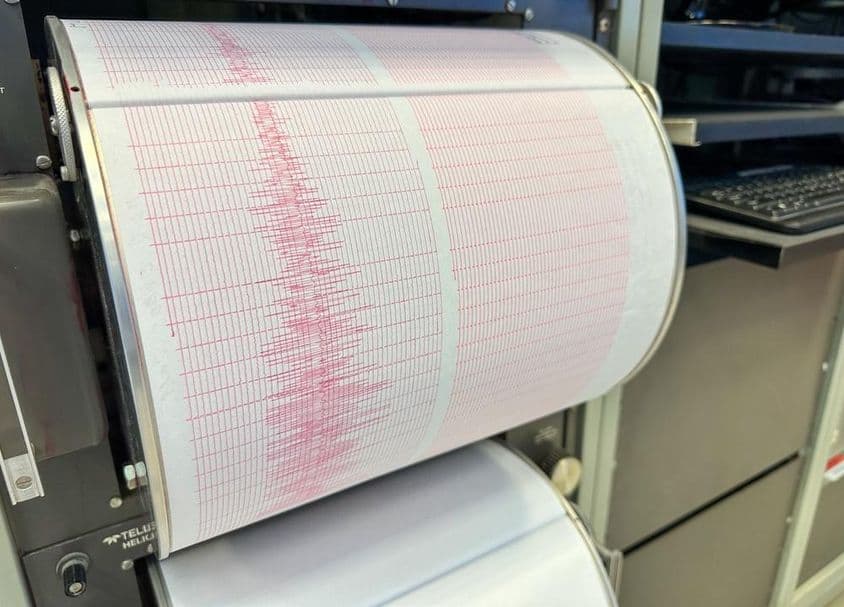UAE's Approach to Earthquake Preparedness

The earthquake protection situation in the United Arab Emirates is unique. Although the country does not lie in the main seismic zones and is geographically deemed relatively safe, it occasionally experiences minor tremors. The most recent significant earthquake was registered in 2002 near Fujairah, specifically in Masafi, at a magnitude of 5.0. This earthquake serves as a reminder that from a seismological perspective, the UAE is not entirely isolated.
The primary cause of these minor tremors is the proximity to the Zagros Mountains. This mountain range extends through Iran and western Iraq and is one of the world's most active seismic regions. According to the seismologists at the National Center for Meteorology (NCM), the Zagros Mountains frequently experience earthquakes, with intensities sometimes reaching the geographical boundaries of the Emirates. The fault lines along the Zagros Mountains are extremely active, resulting in frequent minor and major earth movements.
The occurrence of earthquakes is initiated by the movement of tectonic plates. In the Zagros Mountains region, the Arabian plate and the Eurasian plate meet. As the Arabian plate moves northeast, it collides with the Eurasian plate, creating significant tensions in the Earth's crust. These forces often release in the form of earthquakes. Countries located in close proximity to these events, such as Iran and Iraq, experience the strongest earthquakes, but the effects of these tremors can sometimes be felt within the UAE, especially in regions closer to the mountains, such as Fujairah.
The UAE's seismological forecasting system and readiness
While the UAE is not listed among earthquake-prone countries, significant seismic monitoring systems have been established for safety. The country's goal is to detect seismic activities promptly, enabling swift reactions for the population's safety. Equipped with modern seismographs and sensors, the National Center for Meteorology (NCM) constantly monitors land movements within the country and surrounding areas, issuing reports if minor tremors are detected.
The NCM continuously analyzes earth movements and provides announcements to the public, particularly concerning tremors near the Zagros Mountains. Among various safety measures, stricter building regulations are required in areas with higher earthquake risks, such as Fujairah and the eastern coastline. This is especially critical as even minor earthquakes, which do not directly cause damage, might induce resonance in taller buildings, raising safety concerns.
Increasing education and awareness
Raising public awareness also plays a significant role in managing earthquake risk. Although UAE residents rarely experience earthquakes, it is crucial they know what to do in the event of a sudden earthquake. The government organizes various earthquake protection training and informational programs in educational institutions and community centers to prepare the populace for a potential event.
The long-term effects of earthquakes on the UAE's infrastructure
Since the UAE has modern and developed infrastructure, engineers and architects continuously work to ensure buildings and other facilities meet the latest seismic standards. Although significant earthquakes are rare in the country, preparing for underground movements is important because the UAE's proximity to the Zagros Mountains maintains a long-term seismic risk. New building standards consider this minor but existing risk, prioritizing earthquake-proof solutions in infrastructure design and development, especially in the eastern regions.
Summary
The United Arab Emirates is not among earthquake-prone countries, but its proximity to the Zagros Mountains can result in minor tremors that are occasionally felt in the Emirates. The country does everything possible to be prepared for potential seismic impacts, continuously monitoring surrounding land movements for a safer life. This system provides UAE residents the opportunity to be aware of earthquake safety rules and necessary actions, contributing to the country's seismic preparedness and population protection.
If you find any errors on this page, please let us know via email.


